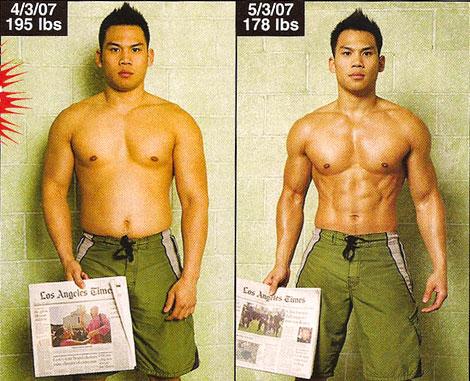
· “We focused on college men because drive for muscularity seems particularly salient in this group: The average age of onset for muscularity-focused body dysmorphia was estimated to be 19.4 years (Olivardia et al., 2000), approximately one third of college men reported excessive exercise concerns (O’Dea & Abraham, 2002), and clinicians have noted increases in the numbers of men presenting with muscularity-related body image concerns at college counseling centers (Morgan, 2002).”
College students especially men are more prone to try steroids because of their overbearing attitude to work out and look the best they can. From my personal experience being in the gym I have also noticed that even non-athlete students chose to go to the gym around 5 days a week. I have also been told that at least 3 non-athlete students in our gym here at New England College have been taking steroids for over a year. This correlates with the findings that college students are one of the mostly likely to use steroids at this point in their lives.
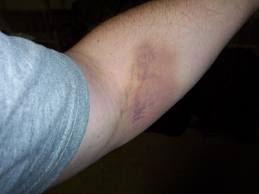
· “In 1989, 9.7 percent of NCAA Division I football players reported using anabolic steroids. In 1993, 5 percent reported using. In 1997 that number was down 2.2 percent, and slightly increased in 2001 to 3 percent.”
The number of NCAA Division I football players who reported using AAS was at first slowly lowering but then in 2001 went back up. I feel that the reason they were lowering is because of the testing policies that the NCAA has put in place to stop AAS use.
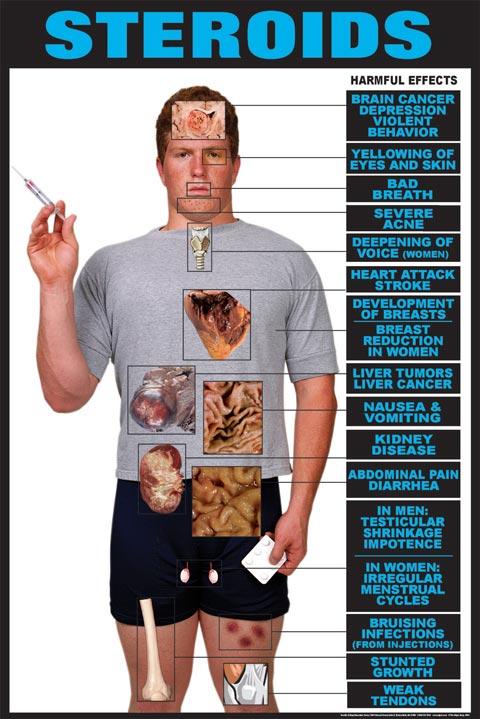
· “According to recent trend data tracked by the Risk Behavior Surveillance System at the Centers for Disease Control and Prevention (CDC), 6.1 percent of students in grades nine through 12 admitted to taking steroid pills or shots without a doctor's prescription one or more times. The data, which was collected from 1999 to 2003, showed a substantial increase from the3.7 percent reported in 1999.”
These high school students who are using steroids without a doctor’s prescription most likely are not educated in steroid use and are probably taking too many steroids per dose. This can lead to major problems in the future and goes back to the main point that the youth of America needs to be educated about steroids at an age so they fully understand what they are putting into their bodies.
· “In 2004, about 56 percent of 12th grade students surveyed in the National Institute on Drug Abuse's {NIDA) Monitoring the Future Survey thought that steroids were of "great risk" if used once or twice. That's a 13 percent drop from 1998.”
If only 56% of 12 grade students consider steroid use a “great risk” than what do the 46% of 12 grade students believe steroid use is? Obviously that 46% really don’t understand how dangerous steroid use can be and that is because they have not been educated well enough to fully understand what AAS use can do to the body.

· “In fact, the largest growing group of high school steroid users is ninth-grade girls. According to the CDC, 7.3 percent have taken steroid pills or shots without a prescription compared to 6.9 percent of ninth-grade boys. The numbers are a bit lower for lOth grade girls at 5.1 percent, and even lower in 11th and 12th graders at 4.3 percent and 3.3 percent, respectively (to those percentages with males see chart on p. 27).”
Although men are more likely to use steroid it worries me that 9th grade girls are the largest growing group of steroid users. Personally I believe these rates are higher because they are younger than the 12th grade students who may be more educated in steroid use and abuse.
· “After going through the ATLAS program male students had a more than 50 percent reduction in new anabolic steroid use, and female students in the ATHENA program had a significant reduction in use of diet pills, new sport supplements, amphetamines and steroids (for tips on setting up a program see p. 25).”
The ATLAS program and the ATHENA program educate males and females on the dangers of steroid and other substances. The real problem here is if they had taken a program like this before their drug use they would have been less likely to use, and perhaps 50 % less likely just as they were after the programs.
· “Self-report surveys conducted with college-age adults indicate a prevalence range from 1% to 2% for nonathletes to as high as 20% for athletes.[ 2-5] The highest incidence of anabolic steroid use among men is reported for football players; among women, swimmers report the highest rates of use.”
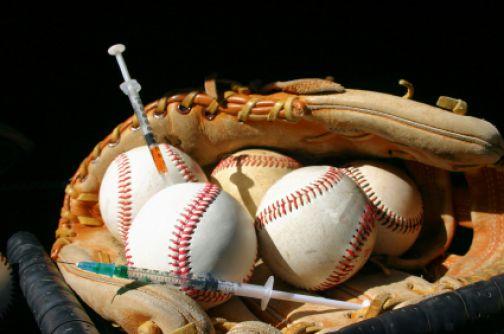
The most likely reason for non-athletes to be almost 19% lower than athletes is because they don’t have the competition that the athletes do. College sports especially Division I are extremely competitive and athletes will do anything for the upper hand on their competition.
· “To arrive at a refined analysis, we first inspected the raw frequency data from 75,169 students who answered the Core Survey question regarding the frequency of their use of steroids in the previous 12 months; 74,498 students indicated that they had not used steroids, 177 reported use once in the past year, and 494 reported using steroids more frequently.”
Almost 500 students admit to frequently use steroids which are a huge number of college students to use a drug that can harm your body. This is also just one study and more than likely a handful of students lied during the survey to keep their steroid use a secret.
· “The majority of steroid users reported first using the drug between the ages of 16 and 25 years The largest single group of steroid users (46.3%) indicated that they began using the drug between 18 and 25 years. The next largest percentage of first use (18.3%) occurred during the ages of 16 to 17 years. The remaining 35.4% of self-reported users were distributed among other age group reporting options (under 10, 10-11, 12-13, 14-15, and 26 and over).”
It doesn’t surprise me that the higher percentage of users for this group started using steroids between ages 18-25 because that is the normal age to start college. In college drugs can be found everywhere and are easily accessible compared to many other places.
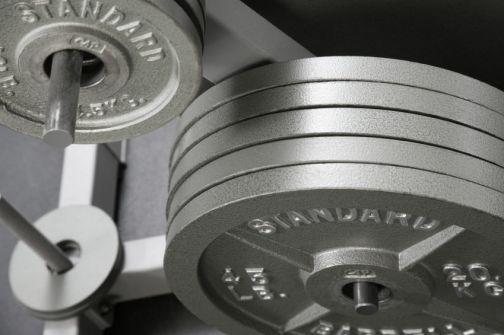
· “Given the literature on increased aggressiveness caused by steroid use, [ 18-22] it is noteworthy that 70% of the steroid users reported arguments or fights resulting from their use of substances; 45% reported being hurt or injured; 44% reported some form of sexual misconduct; and 41% reported trouble with authorities.”
Physiologically steroids can have a toll on your mood which can lead to an increase in aggression. It does not surprise me that the steroid users in this survey had a large number of fights/arguments or have been hurt or injured.

